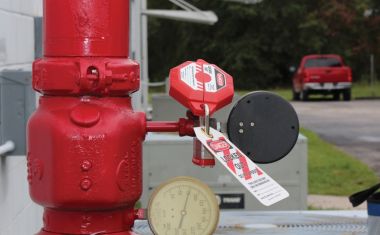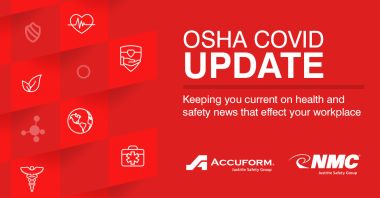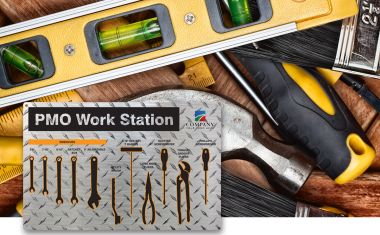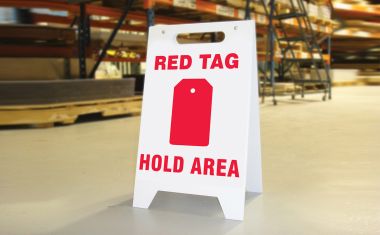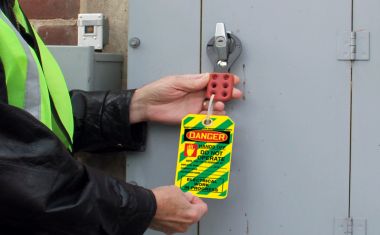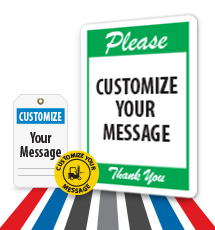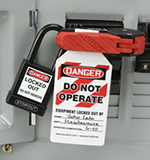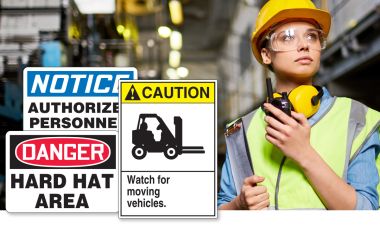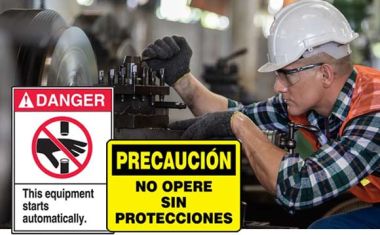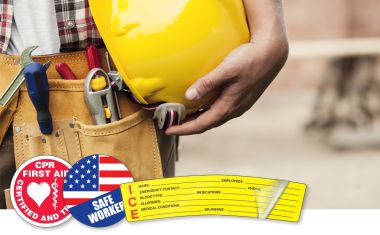How do you know if you need to measure noise exposure?
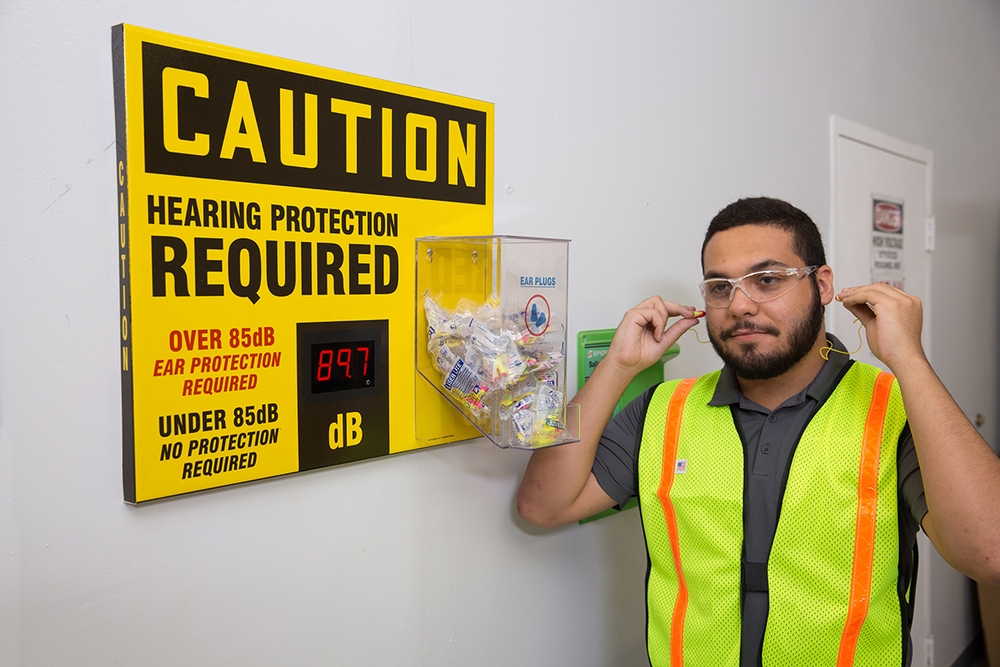
Learn why measuring noise levels is critical in the workplace - not just during National Protect Your Hearing Month in October!
Several years ago, we took a poll on social media to see how many of our industrial followers are measuring noise levels in the workplace - check out these results.
Considering every year, over twenty-two million workers are exposed to potentially damaging noise levels in the workplace, the results of the poll were astonishing. 33% of our followers on social media said they measure noise exposure in the workplace and 65% are not.
When your hearing is gone, it's gone at a high price.
in 2019, U.S. businesses paid around $1.5 million in penalties for not protecting workers from noise. High price for being unsafe, wouldn’t you agree? Not worth it, folks! Hearing loss is also the third leading major public health issue, affecting 48 million Americans, or 20% of the adult population, per John Hopkins Medicine and the Hearing Loss Association of America.
Those working with manufacturing equipment, power generators, emergency vehicles, aircraft, heavy equipment, saws, drills, and construction sites or drilling sites are exposed to excessive noise levels.
OSHA has specific requirements for hearing conservation programs geared to protect workers from hearing loss. So, what are they?
Put in place an effective hearing conservation program, per OSHA. Employers in the general industry whenever worker noise exposure is equal to or greater than 85 A-weighted decibels (dBA) for an 8-hour exposure or in the construction industry when exposures exceed 90 dBA for an 8-hour exposure.
OSHA 29 CFR 1910.95(d)(1) reads: When information indicates that any employee's exposure may equal or exceed an 8-hour time-weighted average of 85 decibels, the employer must develop and implement a monitoring program.
As an employer, when noise exposure levels equal or exceed an 8-hour time-weighted average (TWA) of 85 decibels measured on the A scale, hearing protectors or personal protection equipment (PPE) is required:
- For any period exceeding 6 months from the time they were first exposed to 8-hour TWA noise levels of 85 dB or above until they receive their baseline audiograms if these tests are delayed due to mobile test van scheduling
- If they have incurred standard threshold shifts that demonstrate they are susceptible to noise; and
- If they are exposed to noise over the permissible exposure limit of 90 dB over an 8-hour TWA.
The hearing conservation program's key goals are to prevent initial occupational hearing loss – but if you’re not effectively measuring the noise levels and providing the necessary PPE to protect workers – you’re actually harming workers.
What are the common noise levels in the industry?
Since the volume of conservational speech is 60 dBA, and an alarm clock is measured at 80, plenty of sounds in the workplace are louder than 85 dBA. Here’s an example of dB levels commonly found in the workplace:
- Computer – 40 dBA
- Air conditioner – 60 dBA
- Passing a diesel truck – 85 dBA
- Lawnmower – 90 dBA
- Food processor – 95 dBA
- Handheld drill – 100 dBA
- Table saw – 105 dBA\
- Jackhammer – 110 dBA
- Riveter – 115 dBA
- Oxygen torch – 120 dBA
Prevent hearing damage because once it’s gone, it’s gone. Measure noise levels in your workplace to caution workers to wear hearing protection when dB is over 85.
